Wine Writers in Paso Paradise – Part II
Posted on September 13,2022 By John and Linda Compisi
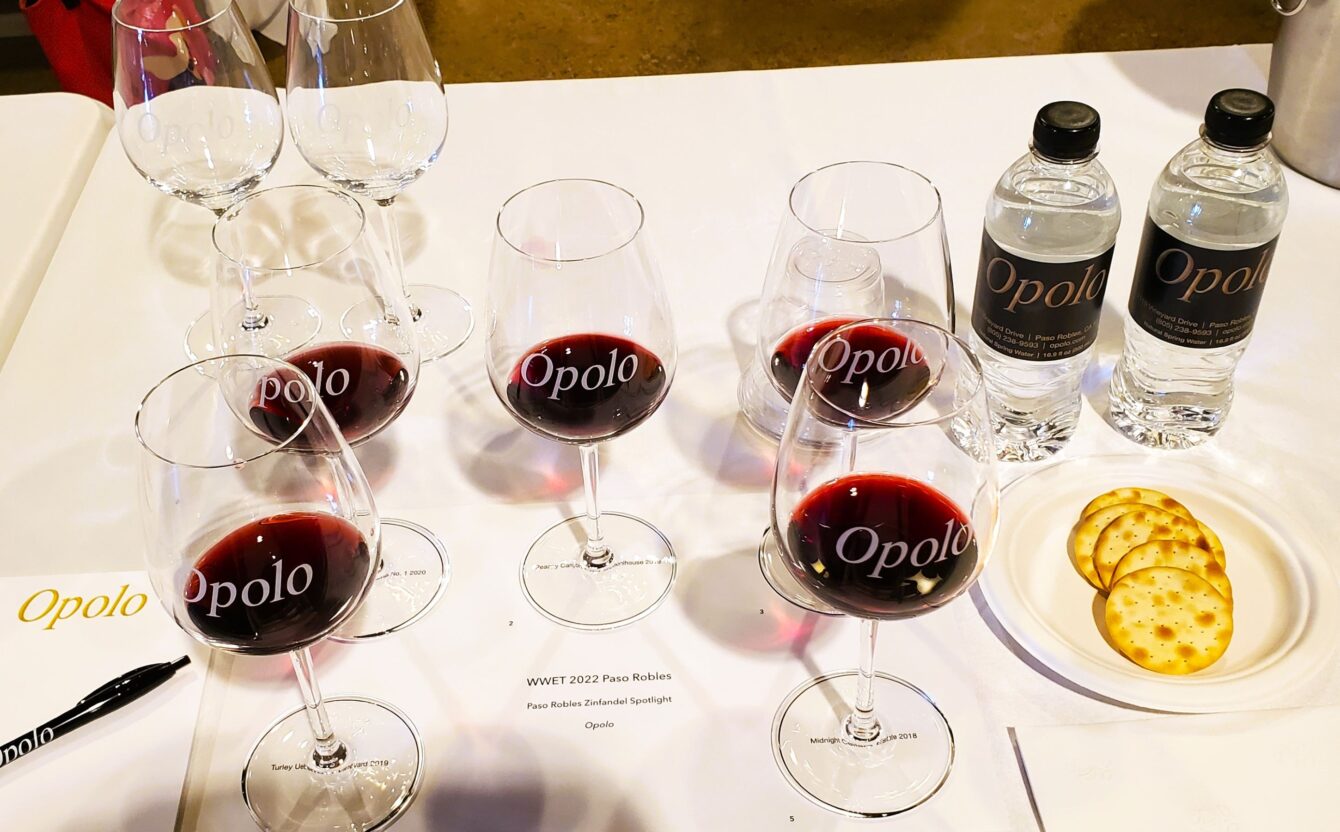
As we said in Part I, Paso Robles is a phenomenal wine growing region along the Central Coast of California about half way between Los Angeles and San Francisco. Its name comes from the Spanish, meaning ‘Pass of Oaks’, and even today its rolling hills are covered in oak trees, horse farms and vineyards.
Paso sports 40,000 vineyard acres, producing more than 60 wine grape varieties – from Spanish to Italian, Bordeaux to Rhône, including the area’s heritage variety, Zinfandel, and has nearly 300 tasting rooms. With all of that, according to Chris Taranto, Communications Director of the Paso Robles Wine Country Alliance, 85% of those wineries produce less than 8k cases per year. Keeping it real.
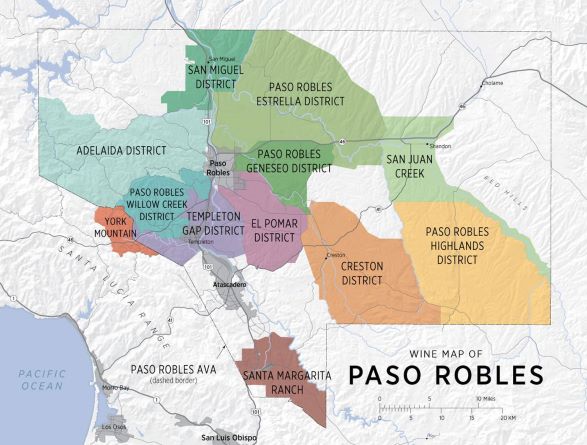
Day 2 of our deep dive into Paso started bright and early with an 9am drive into the Geneseo District AVA to spotlight the eponymous Eberle Winery with Gary Eberle, Hope Family Wines with Stasi Seay (Director of Vineyards), Cass Winery with winemaker/owner Sterling Kragten and Steinbeck Wines with winemaker Bryan Widstrand.
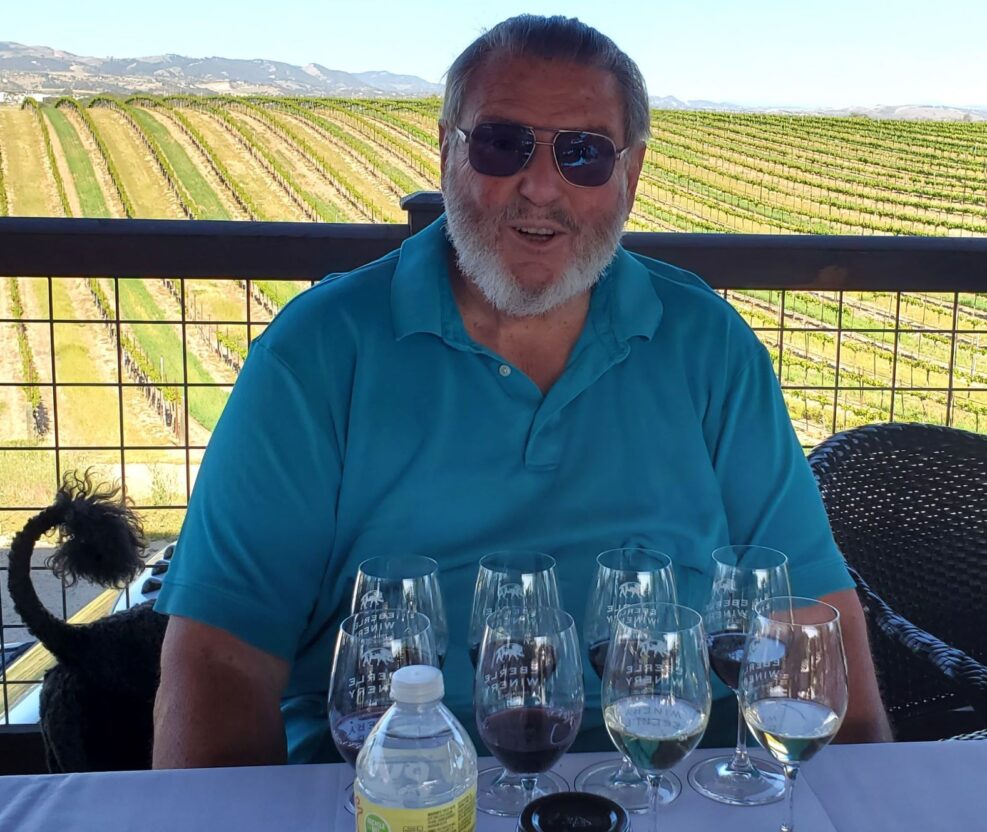
The sun shone brightly as we gathered on the outside patio with Eberble’s vineyard rising behind these accomplished wine people. Looking fit and happy to be there, Gary Eberle greeted us all in person, as the mornings host.
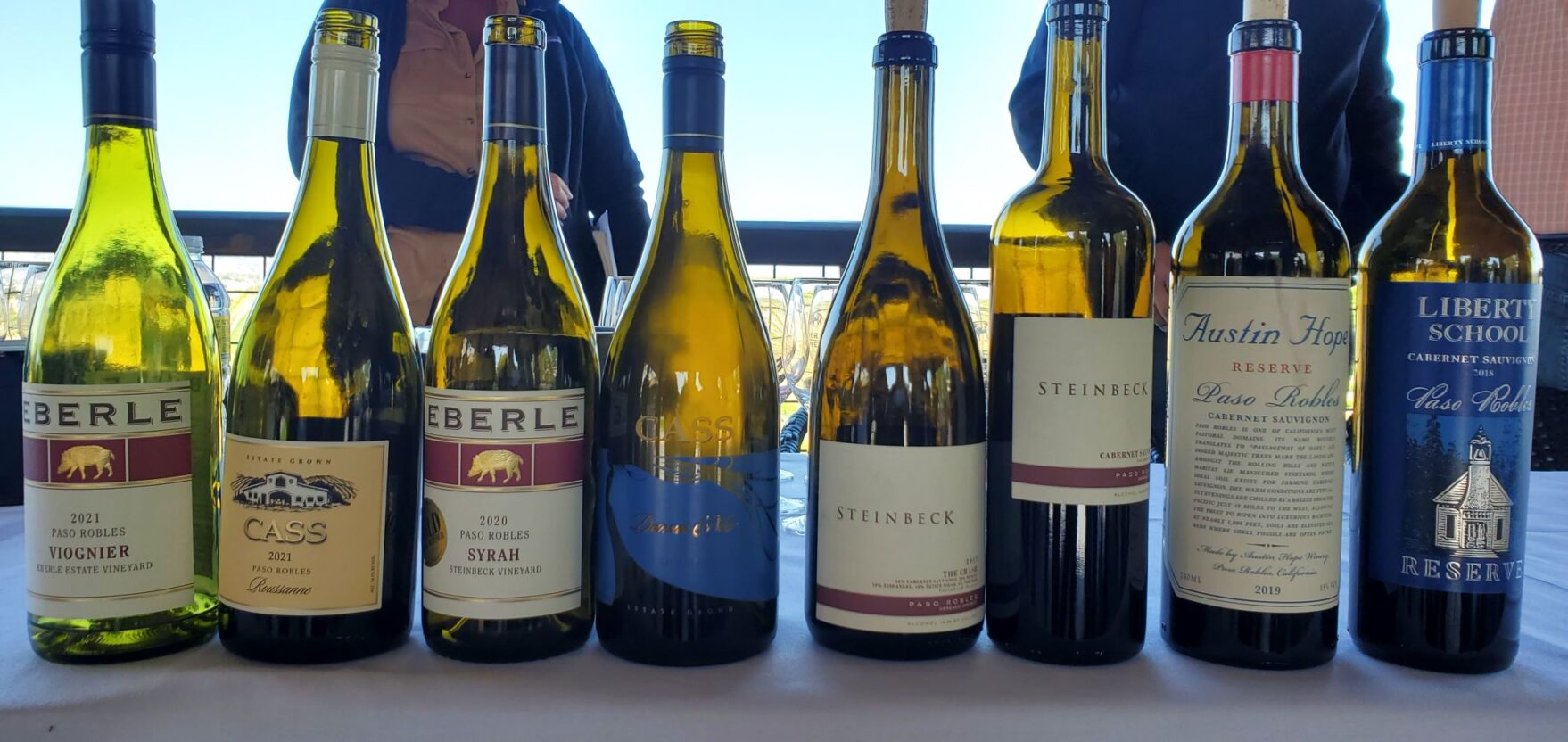
Eberle was a student at UC Davis in 1972 when his professors were searching for the next Napa Valley. He told or group how he served as a ‘Sherpa’ making three trips down from Davis hauling the equipment needed to check soils and other important aspects of great vineyards. What a great start to our day!
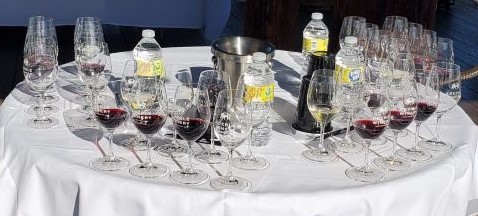
The Geneseo, about 11 miles east of town, has been known by this name since the 1880s. In 1884, the Ernst family planted the first vineyards consisting of more than 20 varieties of wine grapes that came from a UC Davis experimental project. Fast forward to 2020 and the descendants of the Ernst family at Steinbeck Vineyards & Winery, seven generations later, continue to farm in the Geneseo District.
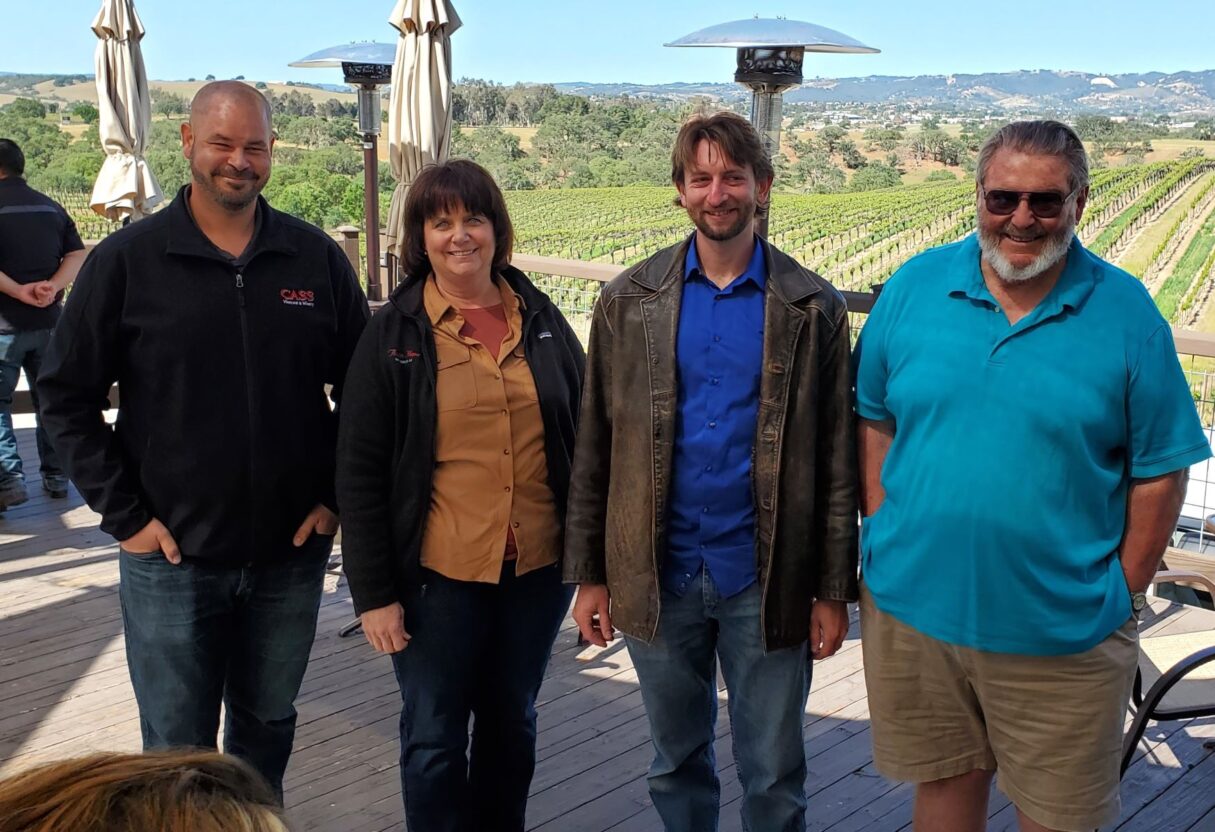
The district sits on high rolling terraces and looks over newer low-elevation terraces around its border that lead down to valley floors.
The soil is principally alluvial with silt and clay loam soils at higher elevations, and sandy soils at lower elevations such as alongside the Huerhuero Creek. Geneseo averages between 13 and 14 inches of rain annually. The district is well suited to and known for Cabernet Sauvignon, Merlot, Syrah and Zinfandel. We tasted 2 wines from each producer ranging from Viognier to Syrah to Cabernet and Cabernet Blends. Each presented the characteristics of the district and the style of the winemaker. We were partial to the Eberle 2020 Syrah ($38 Steinbeck Vineyard), the Cass 2018 Damas Noir Mourvedre ($90) and the Liberty School (Hope Family) 2019 Reserve Cabernet ($23).
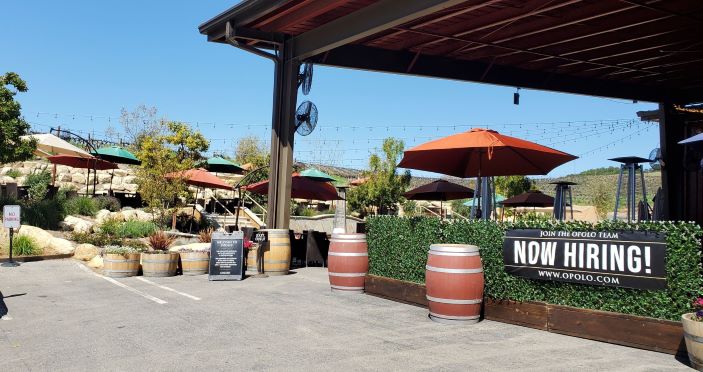
Then it was off to Opolo Vineyards for a Spotlight on Paso Zinfandel with Tim Fulnecky, Field Recordings; Rich Hartenberger, Midnight Cellars Winery; James Schreiner, Opolo; Josh Beckett Peachy Canyon Winery, and Karl Wicka, Turley Wine Cellars. The Opolo facility was very impressive as were these iconic California heritage Zinfandels.
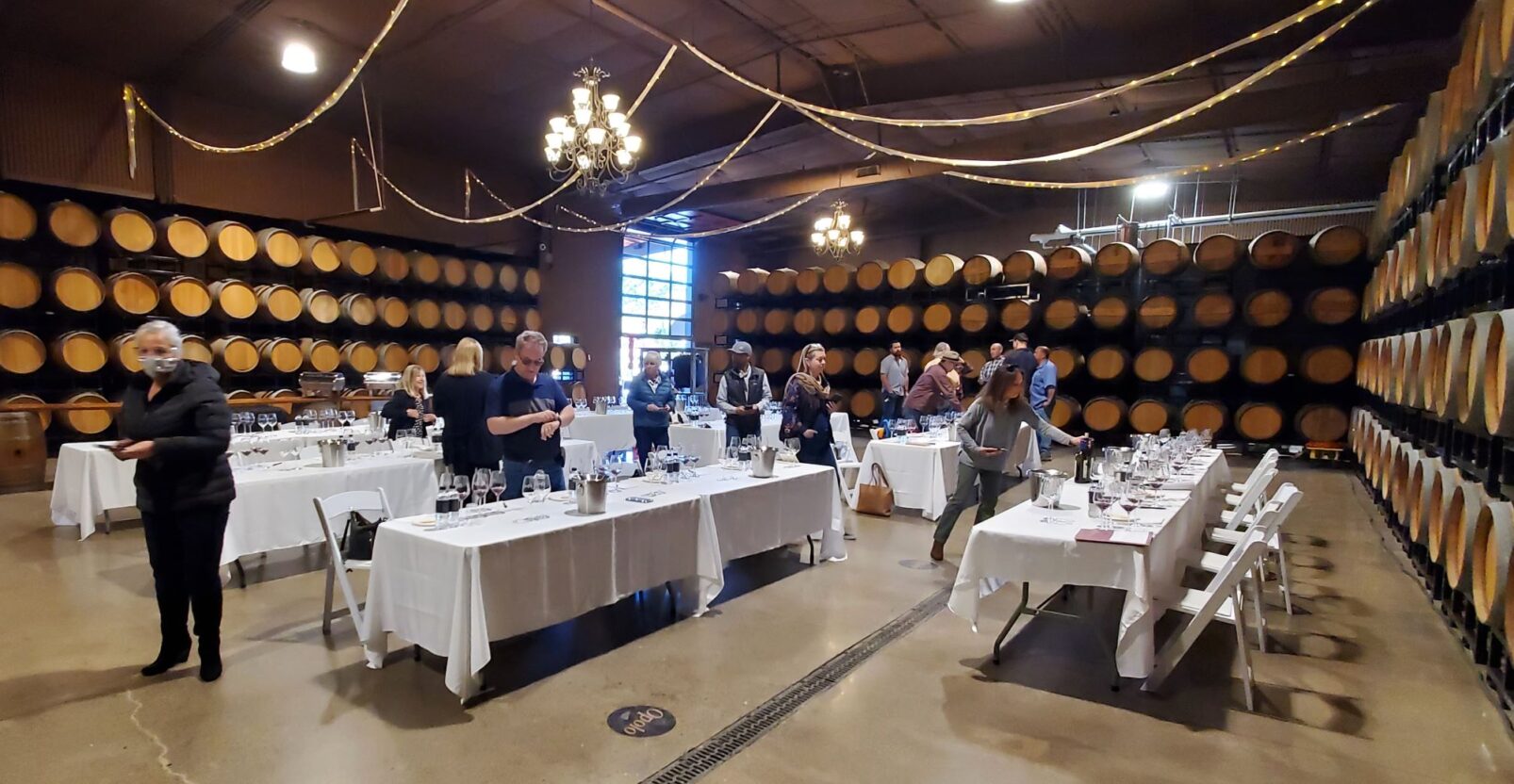
Most appealing to our palates were the Turley 2019 Ueberroth Vineyard, Zinfandel (100-year-old vines) and the Peachy Canyon 2019 Old School House, Zinfandel. Classic Zinfandels with great structure and layers of flavors!
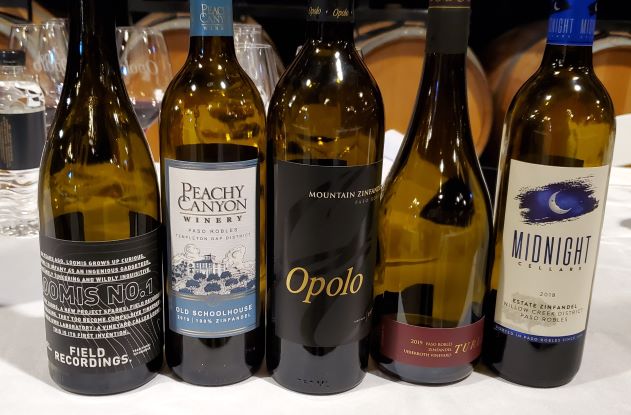
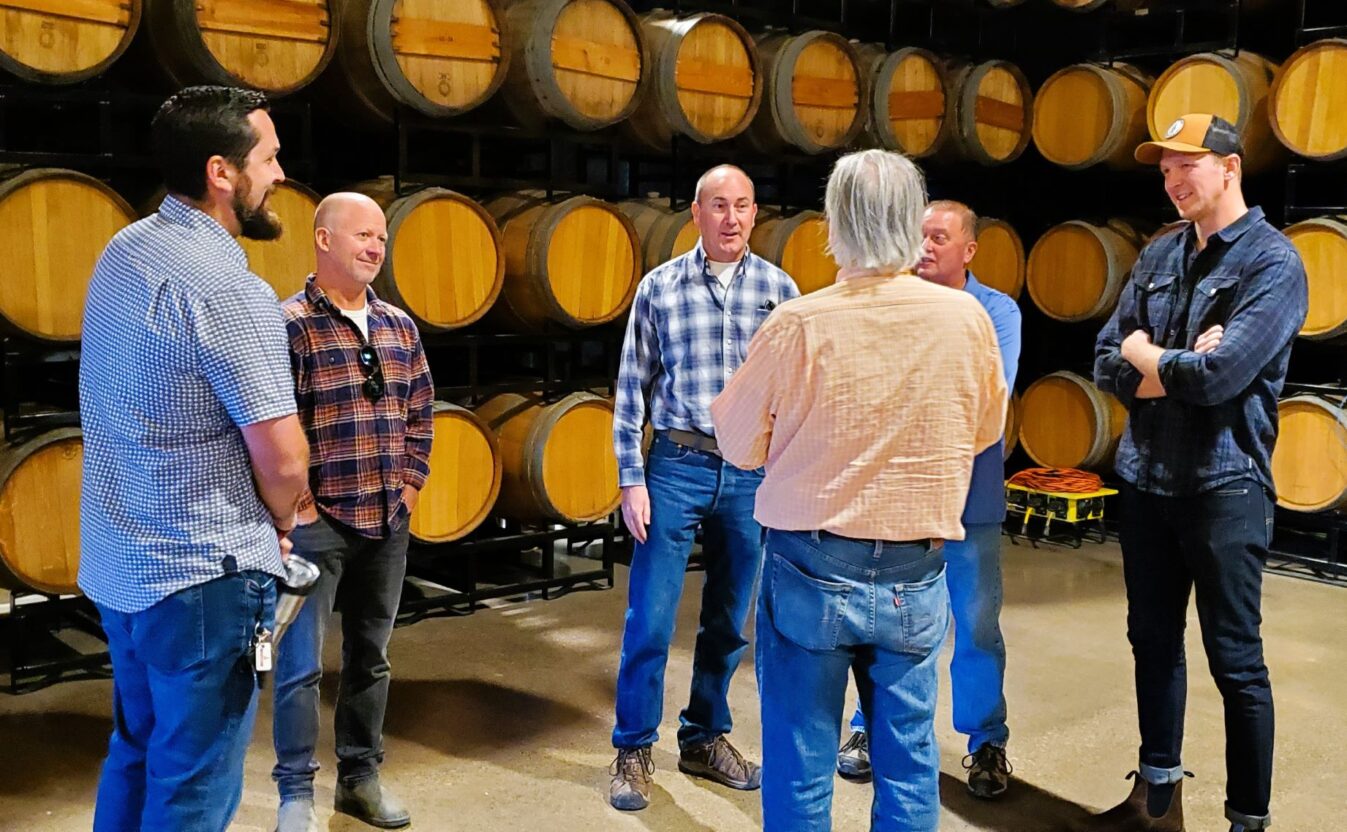
For lunch we lightened it up with a Rosé lunch with wines from Cass Winery, Field Recordings, Opolo, Thacher Winery, and Tooth & Nail Winery. The winemaker lunch discussion was very enjoyable and accompanied by a buffet lunch of delicious roast chicken breast. Great pairing. The Pet Nat was interesting as was the Cinsault Rosé but we truly enjoyed the Tooth and Nail, 2021 Stasis, 100% Grenache Rosé and the Opolo 2021, Rosé (85% Grenache, 10% Syrah and 5% Viognier).
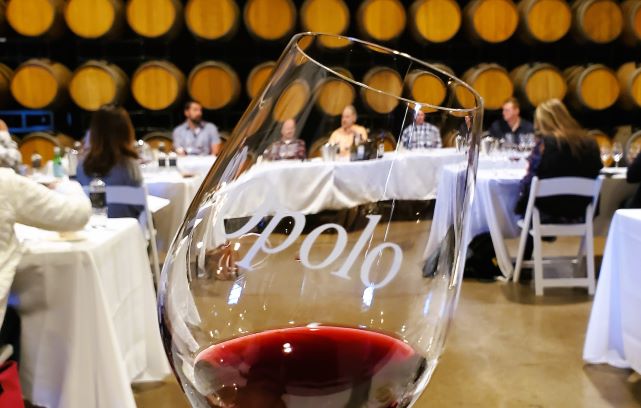
It was then off to the magnificent Halter Ranch to delve into the Adelaida District AVA with Jeremy Weintraub, Adelaida Vineyards & Winery; Damian Grindley, Brecon Estate; Kevin Sass, Halter Ranch Vineyard; Kevin Jussila, Kukkula; and Jason Haas; Tablas Creek Vineyard. The very grand, main tasting room is worthy of a visit, however, we met elsewhere. Halter Ranch has its own railroad which is being expanded to offer estate tours in the future.
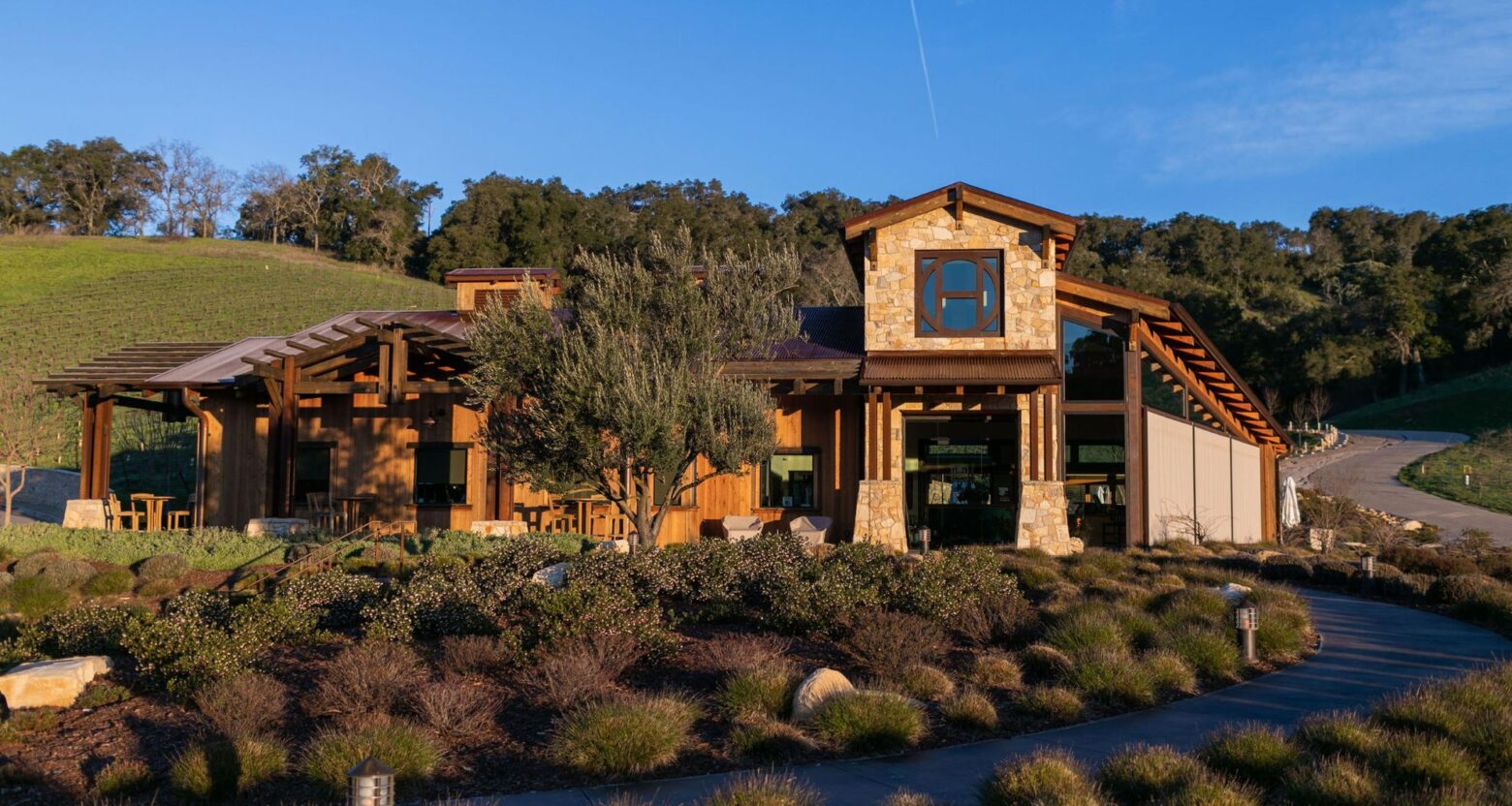
Adelaida District AVA on average, receives about 30 inches of rain annually. Fortunately, the calcareous rock (limestone for example) in the region is porous but also fractures to allow water to travel deeper into the bedrock encouraging the vines to grow deep seeking out moisture during the warm, dry summers. The wines we were presented highlighted the versatility of this high elevation district.
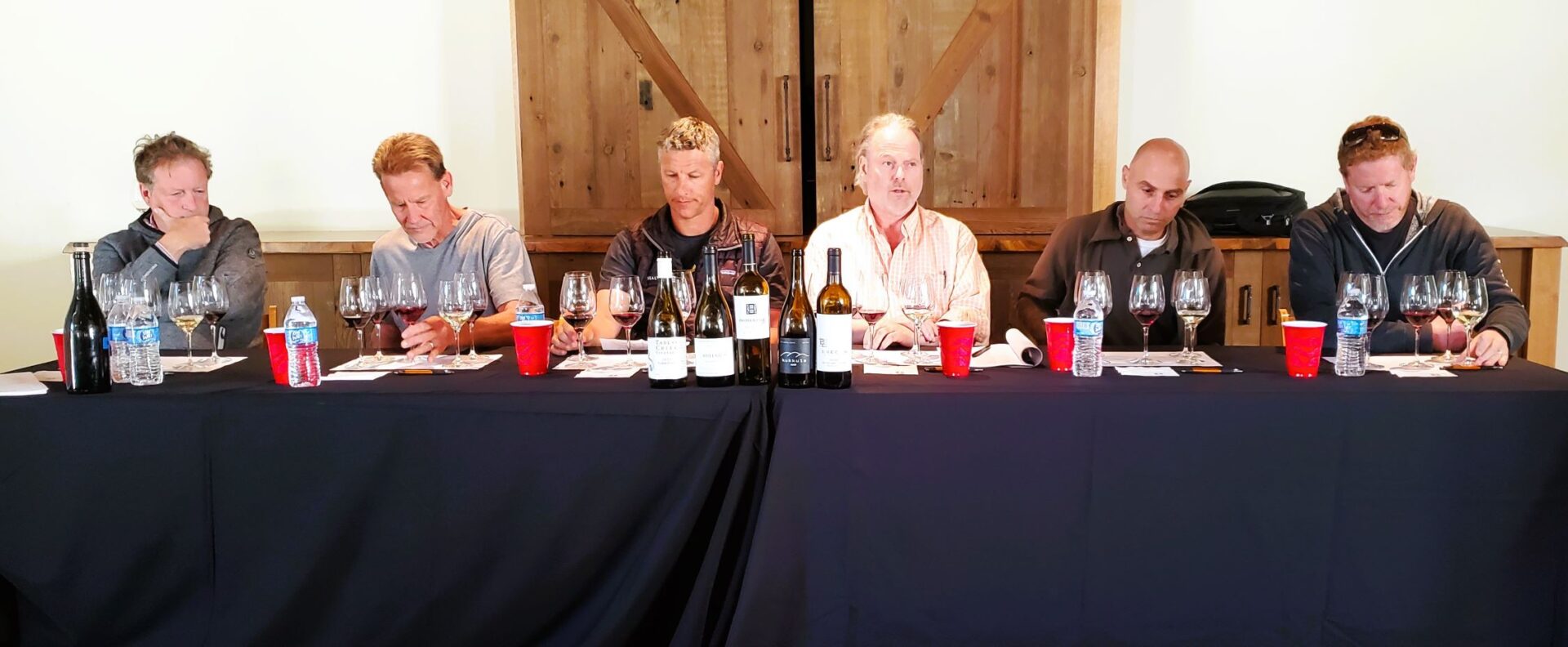
From Halter Ranch we moved to nearby Tablas Creek for a tour and tasting with Jason Haas, son of founder Robert Hass. Jason shared numerous Talas Creek wines while telling us about the Regenerative Farming practices, they us. They are one of the very first certified Regenerative Farming wineries.
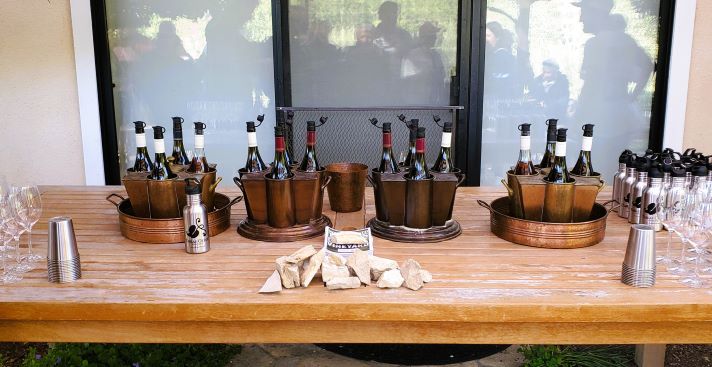
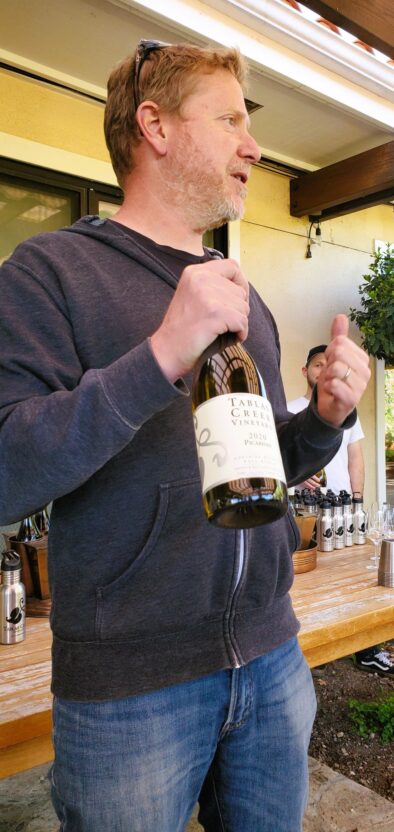
And then we were at Alta Colina Vineyard & Winery for a Spotlight on Paso Syrah with Molly Lonborg of Alta Colina; Steve Anglim of Anglim Winery; Natasha Boffman, CONCUR Wines; Jeffrey Strekas, ONX Wines; and Kevin Riley at Proulx Wines.
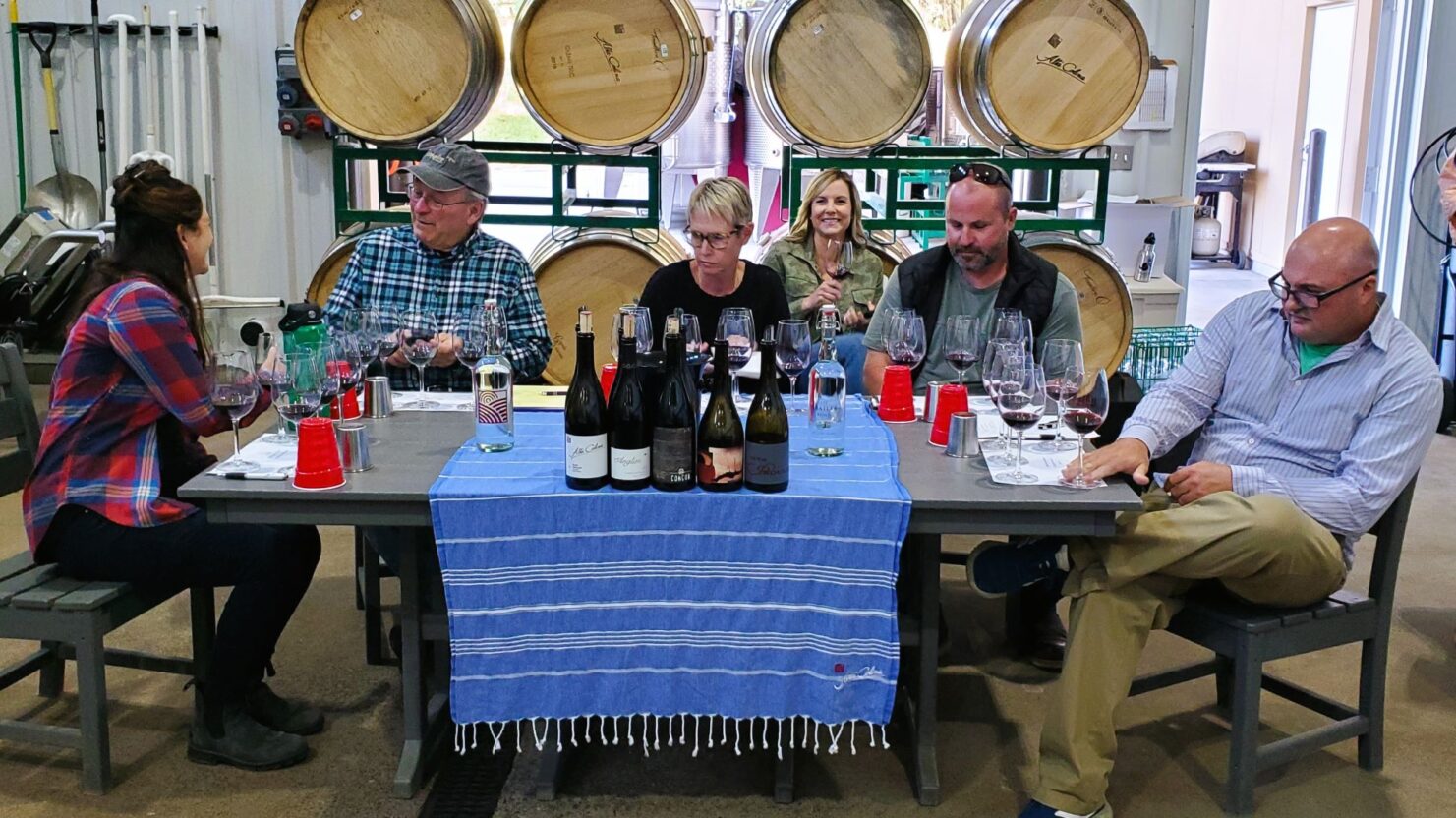
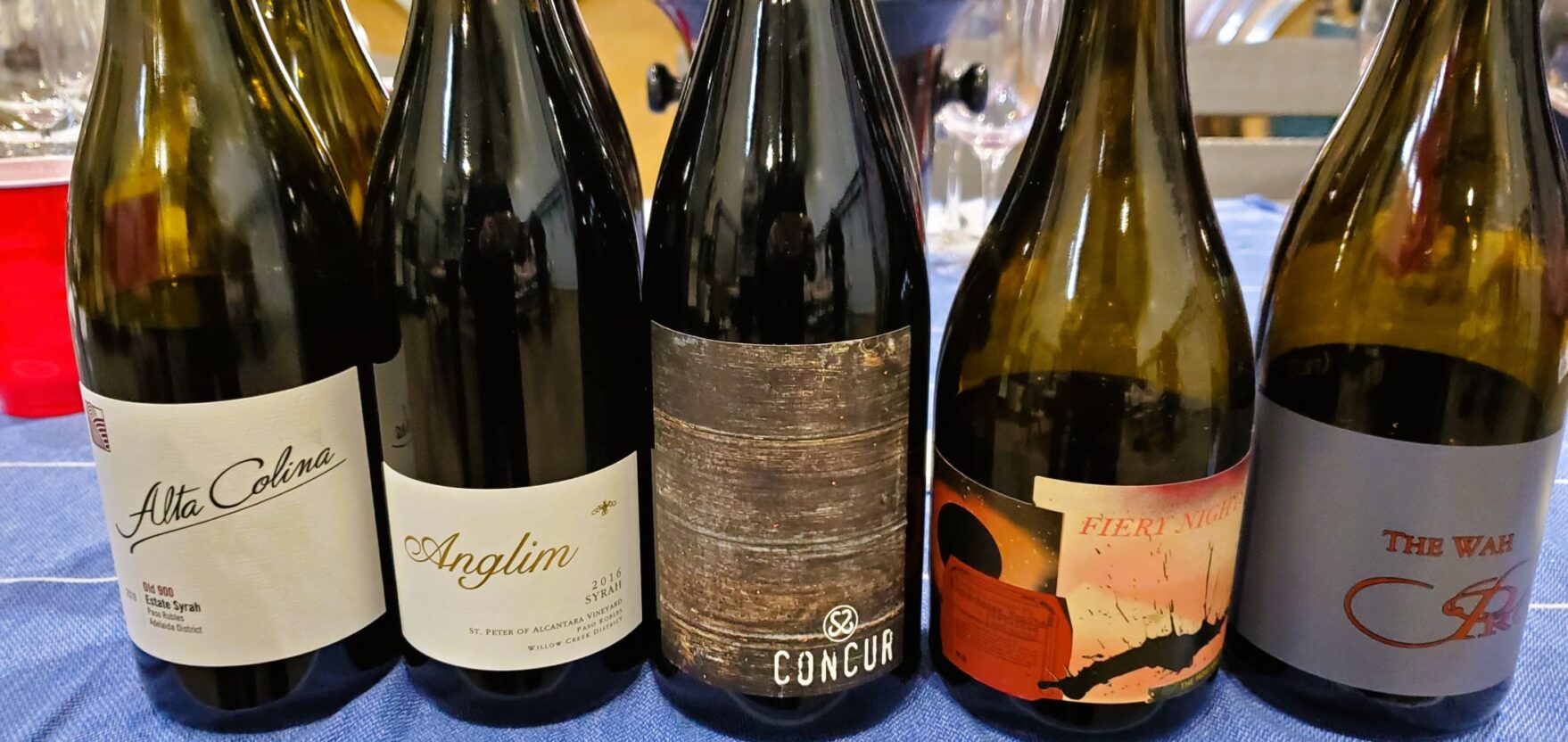
These Syrah were all good but so very different in flavor profiles and styles that they were very difficult to compare. In the end, the Proulx Wah 2019 most captured our preferences in style and taste. This wine spent 18 months in barrel and retails for $78.
To wrap up this very long day, we arrived at the magnificent Robert Hall Winery for an informative and delicious tour, talk and dinner hosted by managing director Caine Thompson and Director of Winemaking, Don Brady. They shared results of the first year of an experimental study of Regenerative Farming at Robert Hall.
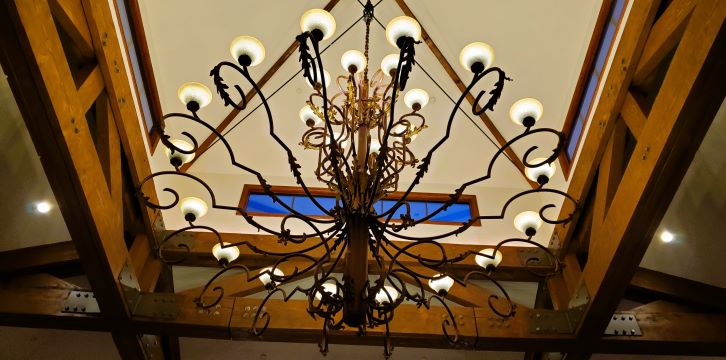
The delicious dinner that followed was paired with several wines, of course. We enjoyed a Sparkling 2020 Grenache Banc, a 2021 Syrah Rosé and a 2020 Artisan Cabernet Sauvignon while walking around. The 2019 Robert Hall Paso Red was remarkable.
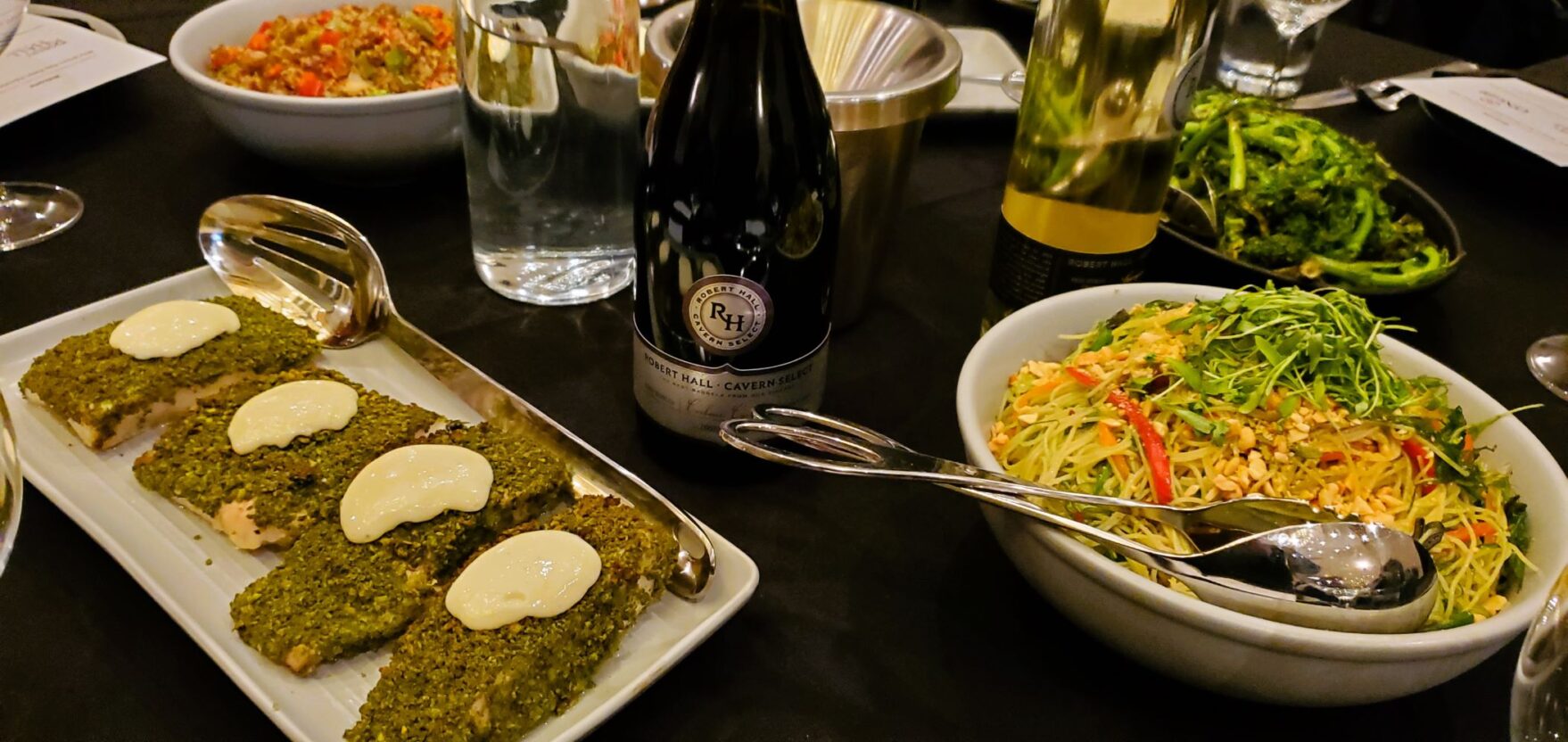
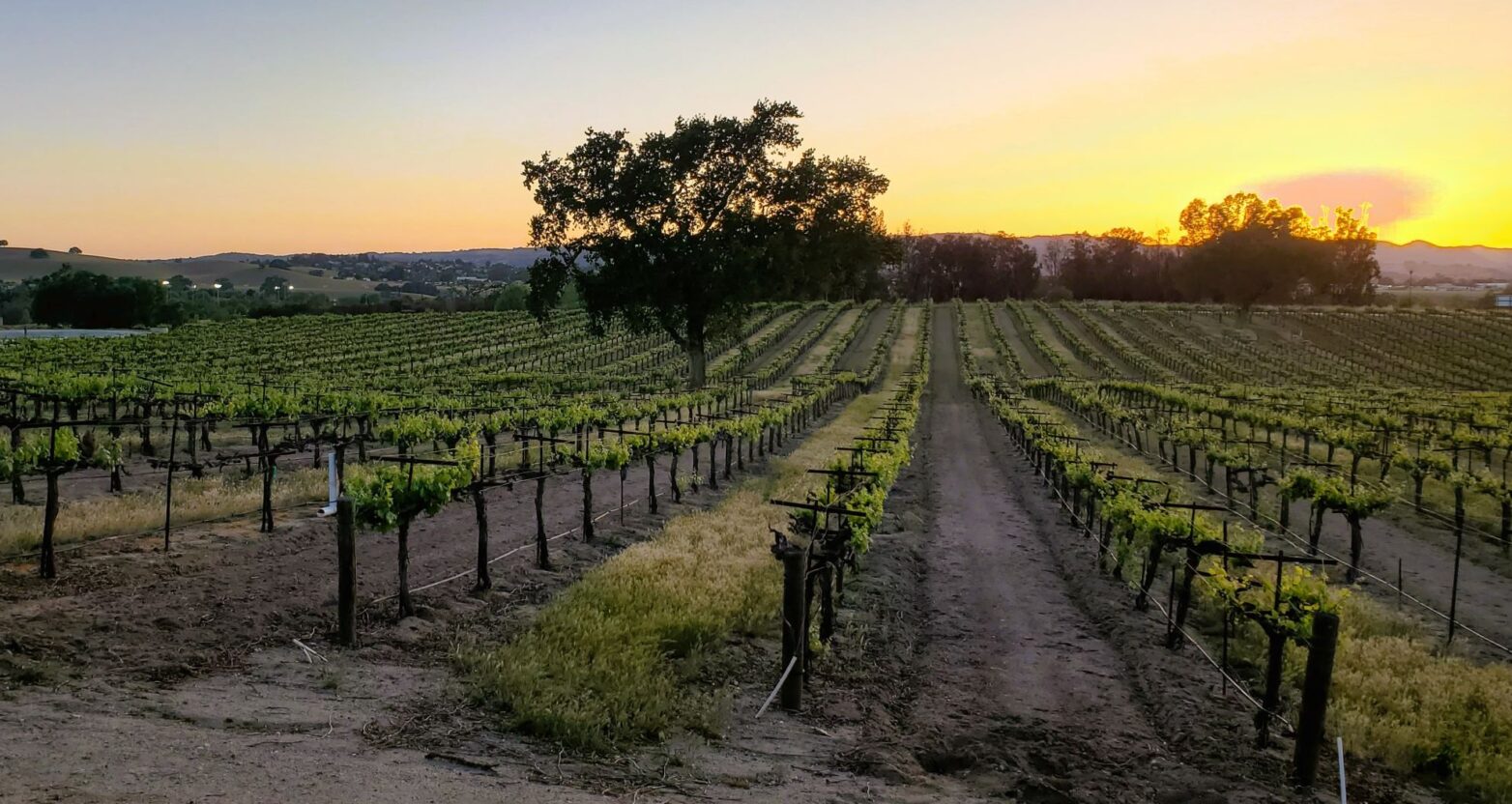
Phew 9:45pm! What a day! Thanks Fred Swan! Can’t wait for Day 3 which will highlight the Templeton Gap and the Legends of Paso Robles districts.